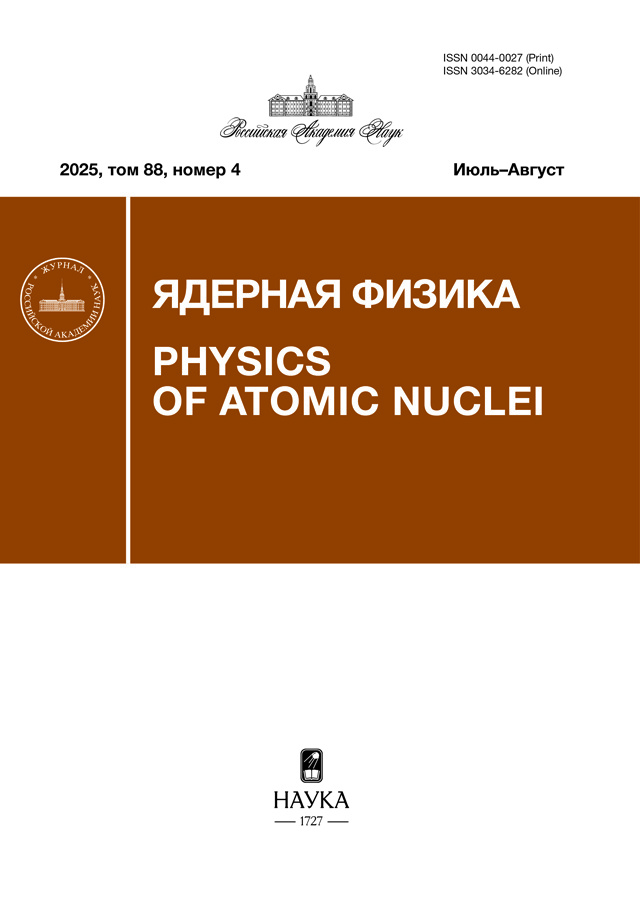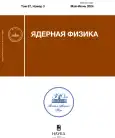Окунева Э., Свешникова Л., Астапов И., Безъязыков П., Блинов А., Бородин А., Бонвеч Е., Буднев Н., Булан А., Бусыгин П., Вайдянатан А., Волков Н., Волчугов П., Воронин Д., Гафаров А., Гресь Е., Гресь О., Гресь Т., Гришин О., Гармаш А., Гребенюк В., Гринюк А., Дячок А., Журов Д., Загородников А., Иванова А., Иванова А., Илюшин М., Калмыков Н., Киндин В., Кирюхин В., Кокоулин Р., Колосов Н., Компаниец К., Коростелева Е., Кожин В., Кравченко Е., Крюков А., Кузьмичев Л., Кьявасса А., Лаврова М., Лагутин А., Лемешев Ю., Лубсандоржиев Б., Лубсандоржиев Н., Малахов С., Миргазов Р., Монхоев Р., Осипова Е., Пахоруков А., Пан А., Панов А., Паньков Л., Петрухин А., Подгрудков Д., Поддубный И., Попова Е., Постников Е., Просин В., Птускин В., Пушнин А., Разумов А., Райкин Р., Рубцов Г., Рябов Е., Самолига В., Сатышев И., Силаев А., Силаев (мл.) А., Сидоренков А., Скурихин А., Соколов А., Таболенко В., Танаев А., Терновой М., Ткачев Л., Ушаков Н., Чернов Д., Яшин И.
Аннотация
В ноябре 2020 г. нейтринная обсерватория IceCube зарегистрировала нейтринное событие с энергией 150 ТэВc направления на гамма-источник Cygnus Cocoon. В эксперименте Carpet-2 в составе Баксанской нейтринной обсерватории (БНО) было зарегистрировано резкое увеличение потока событий с энергией более 300 ТэВс того же направления в пределах угловой точности событий. Этот поток на четыре порядка превышает ожидаемую интенсивность гамма-квантов этой энергетической области по данным в области меньшей 100 ТэВ.Ожидалось, что такая мощная вспышка может быть зарегистрирована установкой TAIGA-HiSCORE астрофизического комплекса TAIGA. Были проанализированы события ШАЛ, зарегистрированные установкой TAIGA-HiSCORE в течение 18 ч в октябре–ноябре 2020 г. со стороны источника Cygnus Cocoon. В статьеприводится верхний предел ожидаемого избыточного потока.
Ядерная физика. 2024;87(3):162-169
 128-138
128-138


 139-146
139-146


 147-155
147-155


 156-161
156-161


 162-169
162-169


 170-181
170-181


 182-190
182-190


 191-198
191-198


 199-204
199-204


 205-211
205-211


 212-217
212-217


 218-234
218-234


 235-254
235-254


 255-262
255-262


 263-273
263-273


 274-281
274-281


 282-287
282-287


 288-294
288-294


 295-299
295-299


 300-307
300-307


 308-318
308-318












